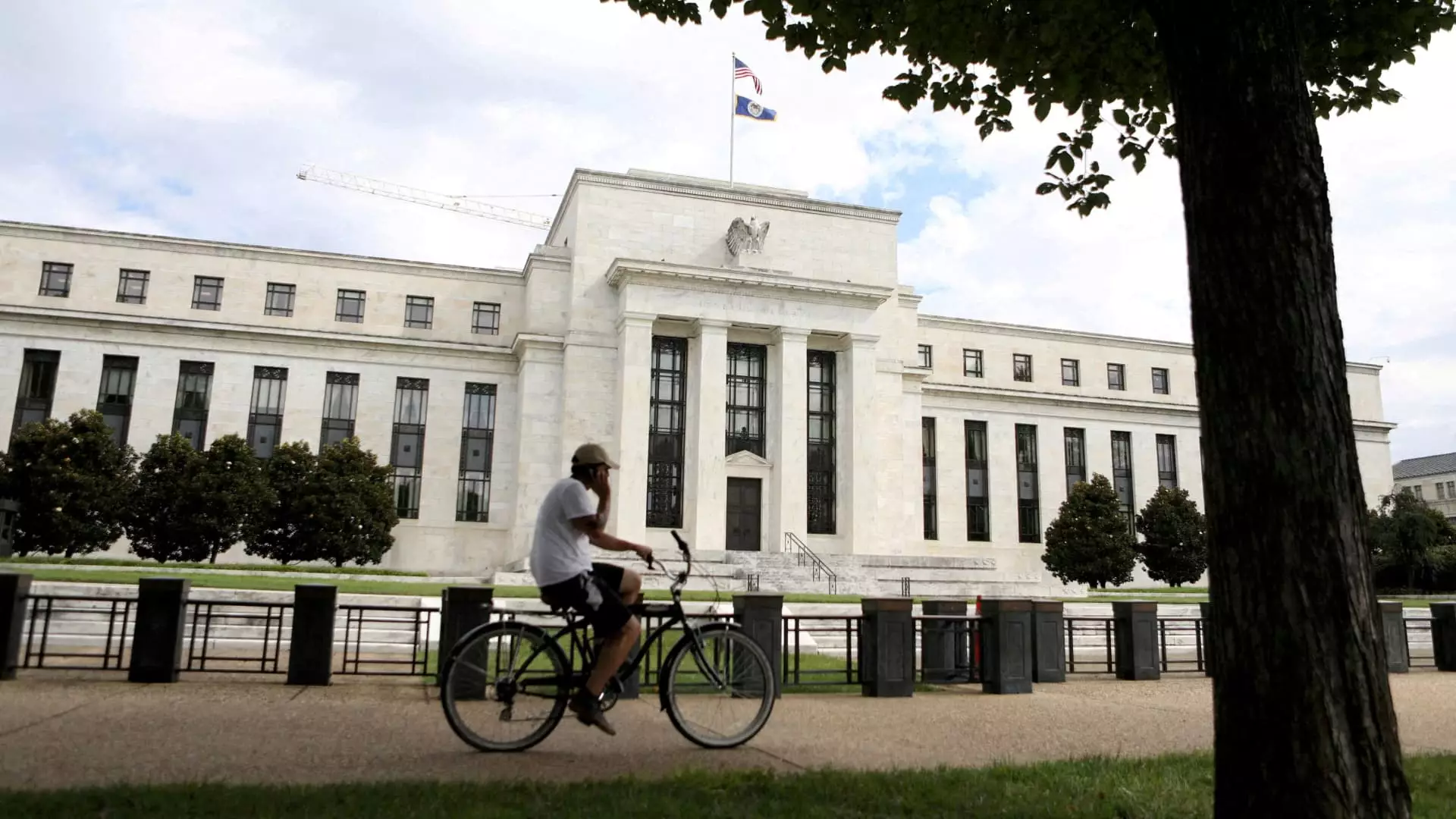In a time marked by profound economic uncertainty and inflated consumer goods prices, the Federal Reserve (Fed) appears unmoved by the clamor from the corners of political power. As Americans grapple with the burden of high costs, President Donald Trump has publicly demanded that the Fed reduce interest rates to stimulate the economy. His Truth Social post echoes a familiar refrain: “Consumers have been waiting for years to see pricing come down.” Yet, the Fed’s consistent stance maintains that its decisions are insulated from political influence. This tension between the need for political intervention and the fundamentals of monetary policy raises questions about the systems that govern our economic framework.
The Fed’s posture underscores a fundamental principle: central banking should operate independently to take the long view on monetary policy. Chair Jerome Powell firmly champions this perspective, asserting the need for autonomy from the whims of elected officials. However, with Trump’s ongoing trade strategies exerting upward pressure on inflation, one can’t help but wonder if this autonomy is sufficient to navigate the daunting complexities of today’s economy.
Consumers Caught in the Crossfire
It isn’t merely abstract theories that are at stake; it’s everyday Americans who are feeling the pangs of financial distress. With prices surging and borrowing costs remaining high, the average consumer is standing at a precipice. The reality of high inflation, exacerbated by Trump’s tariffs, does not match the optimistic visions projected by some economists. As noted by chief economist Eugenio Aleman, it is invariably consumers who pay the price. The trappings of trade wars and tariff battles only exacerbate an already volatile market, with the consequences more pronounced for low- and middle-income households.
The fallout from elevated interest rates filters into the daily lives of ordinary citizens. Credit card debts are reaching new highs, directly mirroring the Fed’s decisions and creating a vicious cycle that traps consumers in a gridlock of financial strain. This isn’t just an economic issue; it’s a moral dilemma about how our government prioritizes which Americans to protect and whether monetary policy truly reflects the needs of the people.
The Dilemma of Debt and Interest Rates
A critical component that often gets overshadowed in discussions about interest rates is their inherent relationship with borrowing. The federal funds rate serves as a bellwether for various consumer financial products, yet uncertainty reigns regarding how long the Fed can feasibly keep rates steady without addressing long-term inflation pressures introduced by trade tariffs. There’s a compelling argument for reducing rates to ease the burden on consumer credit; however, the implications of such a downturn could potentially fuel inflation.
As highlighted by financial experts, banks are hesitant to loosen access to credit when the broader economic landscape is fraught with uncertainty. The apprehension prompts increased rates on credit products, further constraining consumers who are struggling to manage debt. If the Fed fails to respond to these dynamics with a measured approach—balancing interest rates while dampening inflation—the situation might devolve into a prolonged period of economic stagnation.
Housing Market Blues: The Unaffordable Dream
For prospective homebuyers, the current state of the housing market is a bitter pill to swallow. Though mortgage rates have marginally decreased in recent months, the adjustments hardly represent a lifeline for those attempting to enter a dangerously inflated market. The average fixed-rate mortgage is hovering around 6.81%, but the marginal declines have done little to stimulate home sales or alleviate buyer anxieties. Housing affordability is becoming a distant memory, and the combination of rising prices and high-interest rates paints a bleak picture for millennials and young families searching for stability.
Amidst these struggles, the limitations of traditional monetary policy become glaringly apparent. The Fed’s inability to manipulate housing affordability through interest rate adjustments clings closely to broader systemic problems like supply chain disruptions and housing inventory shortages, which amplify the plight of those on the brink of homeownership.
The Future: An Urgent Call for Responsible Economic Strategies
Looking forward, one wonders how the Fed will navigate the treacherous waters ahead. The expectation among markets may lean toward rate cuts by July, potentially providing a glimmer of hope. However, as we project our economic trajectory, we need to emphasize the importance of careful and responsible monetary policies. The intertwining complexities of tariffs, inflation, and central banking illustrate a need for well-rounded solutions that serve not only corporate interests but also the overarching needs of the American populace.
Economic leaders must engage in open dialogues, fostering cooperative relationships between the government and the Fed without allowing political expediency to cloud sound economic reasoning. The time has come for a revised framework that embraces the realities of the working class, ensuring that policies reflect the shifting tides of economic hardship while guiding us towards a more equitable financial landscape.

